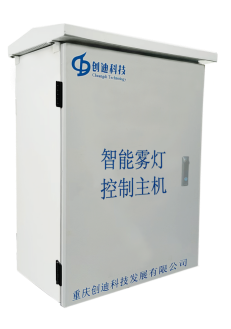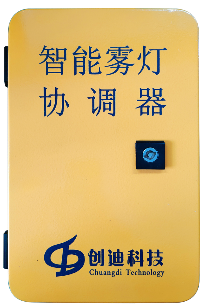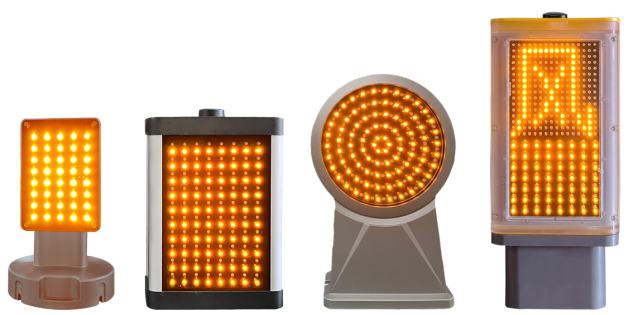13
2025
-
08
Driving Safely Through the Storm: Advanced Adverse Weather Safety Guidance Systems for Highways
Author:
The most dangerous conditions include:
- Heavy fog: severely limits driver visibility and reaction time.
- Rain and snow: create slippery surfaces, increasing the risk of skidding.
- Reduced perception: drivers misjudge speed and distance, leading to collisions.
Among these, fog poses the greatest threat to highway safety, often causing chain-reaction crashes with devastating consequences.
Recognizing the urgency, transportation authorities worldwide have implemented policies to improve highway safety during adverse weather. In response, Chuangdi Technology has developed a comprehensive Adverse Weather Safety Guidance System.
Our solution combines hardware and software to provide real-time safety guidance and traffic management:
1.Central Control Host
Manages all roadside guidance devices. Ensures consistent, coordinated operation across an entire road section.

2.Coordinators
Maintain stable communication across the network.Act as the smallest control unit in the system’s loop control.

3.Central Management Platform
Remote monitoring of equipment status.Fault detection and location.Data analysis and reporting for traffic management decisions.
4.Visibility Meter
The visibility meter measures weather visibility, rainfall, snowfall, and mixed precipitation with high accuracy. It also monitors its own DC power supply, internal temperature, and ambient light, providing real-time status reports and alarms when necessary. Designed for low power consumption, it operates reliably over long periods, supplying essential data to the control host for timely and effective traffic safety decisions.
precipitation with high accuracy. It also monitors its own DC power supply, internal temperature, and ambient light, providing real-time status reports and alarms when necessary. Designed for low power consumption, it operates reliably over long periods, supplying essential data to the control host for timely and effective traffic safety decisions.
5.Fog Light
Fog Light are installed along accident-prone sections such as sharp curves and long straight stretches, even in areas without adverse weather. They feature left white / right yellow lights for lane recognition and alternating yellow-white flashing for enhanced guidance. On long straight or downhill sections where driver fatigue is common, these lights help reduce visual strain and improve driving safety.

6.Meteorological Variable Speed Limit Sign
Dynamic weather speed limit signs use wireless communication to receive weather alerts from provincial meteorological monitoring platforms or local visibility detectors. They automatically adjust speed limits for the road section in real time and display the current speed of passing vehicles to remind drivers and promote safer driving behavior.
7.Oncoming Vehicle Warning Post
The Meeting Warning System combine multiple safety features including red and blue flashing lights, radar speed detection, voice alerts, and visual warning displays. These integrated functions provide drivers with clear and timely warnings, improving safety during vehicle passing situations and reducing accident risks on highways.
Conclusion
Highways are the backbone of modern transportation, but adverse weather remains one of the biggest threats to their safe operation. By combining intelligent roadside devices, coordinated control, and real-time weather monitoring, Chuangdi Technology’s Adverse Weather Safety Guidance System reduces risks, prevents congestion, and saves lives.
From heavy fog to icy rain, this system ensures that every journey is guided safely — no matter the weather.
traffic management system,highway safety,variable speed limit signs,fog accident prevention,adverse weather safety system
Latest Blog
2025-10-27
Solar Road Studs: Guiding Lights for Safer Journeys
Solar road stud is an active lighting road warning device that utilizes solar energy as its power source.It makes night-time road driving more safe.
2025-10-24
Eco-Friendly Solar Radar Speed Limit Sign
The eco-friendly solar radar speed limit sign represents a significant step towards integrating sustainability into our infrastructure while prioritizing road safety. By harnessing renewable energy, reducing environmental impact, and promoting responsible driving behavior, these signs embody a holistic approach to traffic management.
2025-10-21
Height Limiting Node Integrated Machine | Precise Height Limiting, Automatic Road Closure
The height-limiting node integrated machine has effectively improved the passage efficiency of expressway toll stations and reduced congestion.
